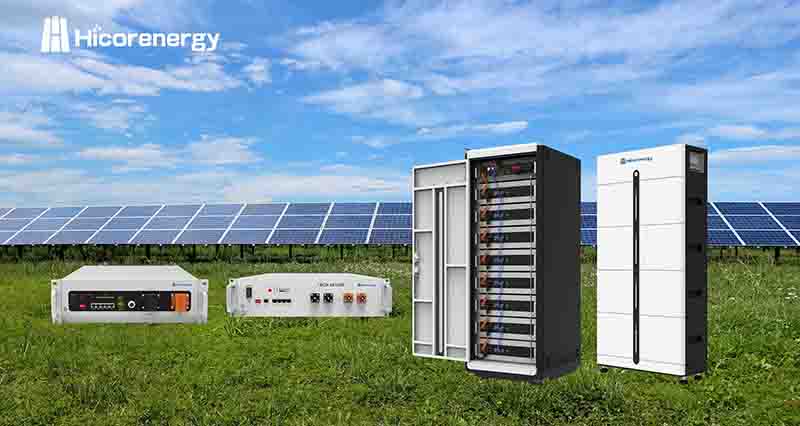In the world of advanced electronics, particularly in high-performance applications like unmanned aerial vehicles, maintaining optimal operating conditions is paramount for both safety and efficiency. A critical component in this ecosystem is the Air Cooling Battery System, a technology designed to manage the thermal output of powerful energy sources. As devices like drones become more sophisticated, their power demands increase, placing significant stress on their lithium-ion batteries. Effective thermal management is no longer an option but a necessity to ensure longevity, reliability, and peak performance during critical operations such as surveillance and data collection.
The Inherent Challenge of Battery Heat
Lithium-ion batteries, the workhorses of modern portable electronics, generate a substantial amount of heat during both charging and discharging cycles. This is a natural byproduct of the chemical reactions and electrical resistance within the cells. If left unmanaged, this heat can lead to a cascade of negative effects. Elevated temperatures accelerate the degradation of battery components, significantly reducing the overall lifespan and charge capacity. More critically, excessive heat buildup can trigger a dangerous condition known as thermal runaway, where a chain reaction can cause the battery to vent, catch fire, or even explode. For systems that demand precision and safety, such as our Drone Management System, mitigating these risks through robust cooling is a fundamental design principle.
An Overview of Lithium-ion Cooling Methods
Engineers have developed various Lithium-ion Cooling Methods to address the challenge of thermal management, each with its own set of advantages and ideal use cases. These methods range from simple passive solutions to complex active systems. The most common approaches include direct air cooling, liquid cooling, and the use of phase-change materials (PCMs). Liquid cooling, for instance, is highly effective but adds significant weight and complexity, making it less suitable for applications where agility and low weight are crucial. The selection of the appropriate technique depends on factors like the power density of the battery, the ambient operating environment, and the physical constraints of the device. Exploring these diverse Lithium-ion Cooling Methods is key to engineering a balanced and effective solution.
The Efficacy of an Air Cooling Battery System
A well-designed Air Cooling Battery System offers a compelling balance of performance, weight, and simplicity, making it an ideal choice for many aerial and portable applications. This approach can be divided into two main categories: passive and active. Passive systems rely on natural convection and strategically placed heat sinks or fins to dissipate heat into the surrounding air. Active or forced-air systems integrate fans to move a controlled volume of air across the battery pack, dramatically increasing the cooling efficiency. In drone design, this system can be ingeniously integrated to leverage the existing airflow generated by the propellers, creating a highly effective and energy-efficient cooling loop without adding significant parasitic draw or weight. This makes the Air Cooling Battery System a practical and powerful solution for maintaining battery health in demanding flight scenarios.
Ensuring Peak Performance and Operational Safety
Ultimately, the choice of battery cooling technology directly impacts the overall capability and safety profile of an advanced electronic system. While there are several effective Lithium-ion Cooling Methods available, the integration of a sophisticated Air Cooling Battery System provides a lightweight, reliable, and cost-effective solution tailored for high-performance drones. By efficiently managing thermal loads, this system not only protects the battery from premature degradation but also ensures the drone can operate at its full potential, delivering consistent power for stable flight and complex tasks. This commitment to superior thermal management is a core tenet in developing next-generation technology that is both powerful and inherently safe.








